Timing Techniques for Commodity Futures Markets: Effective Strategy and Tactics for Short-Term and Long-Term Traders
$18.20
| Author(s) | |
|---|---|
| Pages |
287 |
| Format |
|
| Publication Year |
2008 |
In Timing Techniques for Commodity Futures Markets, expert stocks and futures advisor Colin Alexander explains how to make money in all market conditions. He shows you how to set up monthly and weekly charts with indicators that determine which markets may be worth trading. Then he shows daily and intraday charts tell you when to pull the trigger and get into a trade and stay until market action generates an exit signal.
Introduction:
The purpose of this book is to show how to use some of the best trading tools in conjunction with each other. Chapter 2 addresses the essential question of how to define a trend. Chapters 3 to 5 consist of the building blocks for charts, price rules showing when specific price action delivers a signal to pull the trigger on a trade, and how to look at candlestick charts.
Chapters 6 to 12 discuss intensively the specific application and new uses for the most useful indicators, moving-average convergence/divergence (MACD), moving averages, stochastics, and Bollinger bands, and they show how these forces interact with gaps and the theory of support and resistance. Chapter 13 focuses on the best chart patterns that work in all time frames. Chapter 14 covers cycle theory, including time-based, cyclical, and seasonal forces.
Chapter 15 shows how to interpret the Commitments of Traders data—who trades what and how much and how money makes markets move—until it has become too much, up or down, for its own good. Chapter 16 addresses the cyclical and special influences affecting the stock market and trading stock index futures. Chapter 17 brings everything together with an entry checklist: how to evaluate a market in the context of bringing the most effective indicators all together in conjunction with each other.
Chapters 18 and 19 show how to set stops and how to get out of a trade that may have run its course or that may no longer justify retention. Chapters 20 and 21 provide a case study based on a prospective long position in blendstock gasoline and one based on a short position in copper. Chapters 22 and 23 are a culmination of all that has gone before so as to show how to fine-tune short-term trading, whether for the day trader or for the longer-term trader looking to achieve an optimal entry and an optimal exit. Chapter 24 consists of final comments on aspects of futures trading that extend beyond the immediate techniques of technical analysis.
Contents:
- Industry Background
- Defining Direction: An Established Trend Keeps Going
- The Building Blocks for Charts
- Price Rules
- Candlesticks: A Useful Tool
- Moving Average Convergence/ Divergence (MACD)
- Moving Averages for Direction and Support and Resistance
- Stochastics and the Relative Strength Index (RSI): Overbought/Oversold Indicators
- The Magic of Gaps: Three Bars Open and Go!
- Support and Resistance: Horizontal Barriers
- Diagonal Support and Resistance
- Bollinger Bands
- Chart Patterns That Work
- Cycle Theory: Time-Based, Cyclical, and Seasoned Forces
- Commitments of Traders: Who Trades What and How Much?
- Stock Indexes: The Prime Vehicle for Day Traders and Position Traders
- The Entry Checklist
- Stops: Theory and Practice
- Getting Out of the Market: The Exit Checklist
- Case Study: Buy
- Case Study: Sell Short
- Short-Term Trading Techniques
- Final Thoughts
Timing Techniques for Commodity Futures Markets: Effective Strategy and Tactics for Short-Term and Long-Term Traders By Colin Alexander pdf
6 reviews for Timing Techniques for Commodity Futures Markets: Effective Strategy and Tactics for Short-Term and Long-Term Traders
Clear filtersOnly logged in customers who have purchased this product may leave a review.

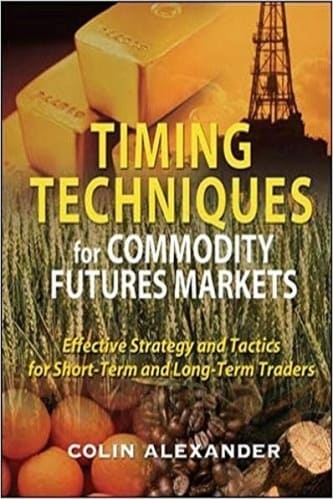
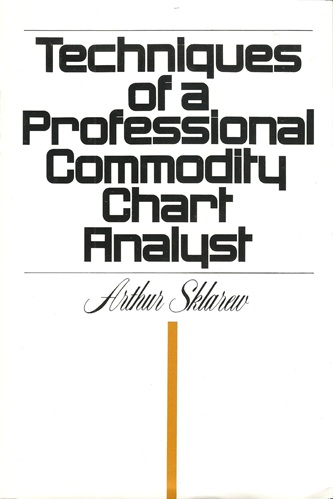
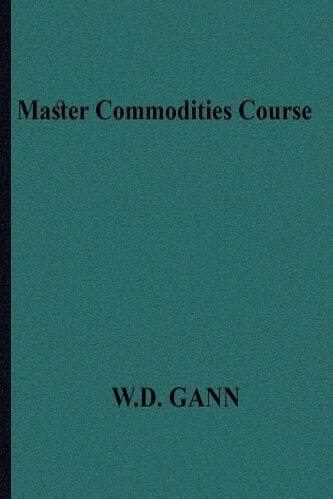
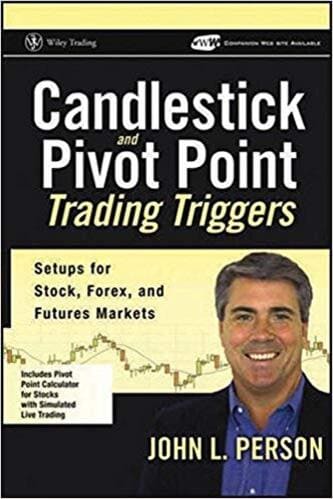

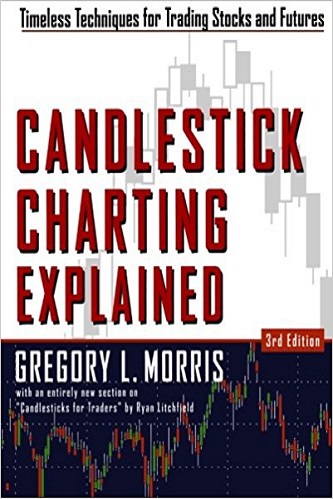
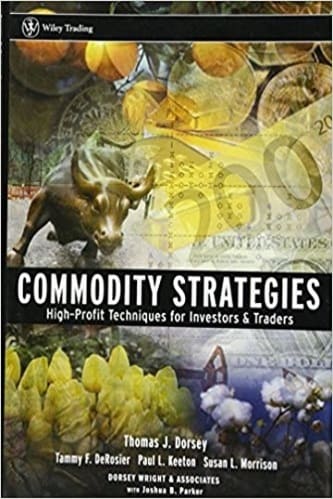
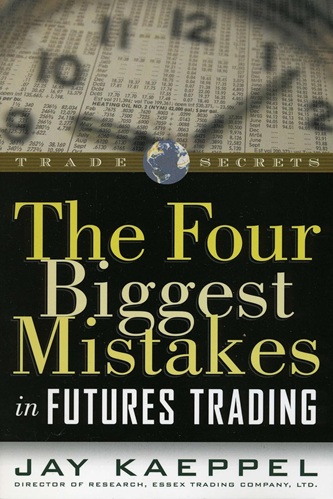
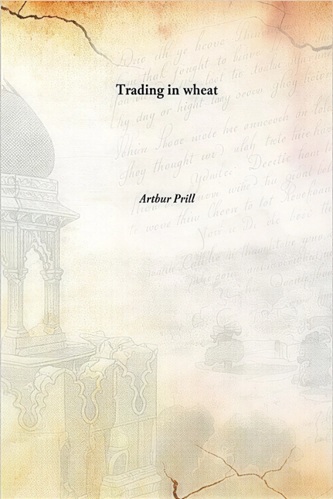
Maddox Wyatt (verified owner) –
If you are new to TA and/or futures trading, this book should endow you with the basic knowledge about most of the “popular” TA tools including patterns, moving averages, trends, Candlestick, MACD, RSI, Stochastics etc etc., with sound discussion on trading rules and market psychology. However, that deserves at most 3 stars. The extra one is rewarded for 1) the entry/exit checklists (quite long and detailed indeed, implicitly reflecting how sophisticated a good trading system and how demanding profitable trading can be), 2)many market wisdom seldom mentioned in other trading books, 3)the author’s respect to the pioneers in this discipline. In short, quite useful and well written. Recommended to be any new comers’ first or second book on the topic.
Tomas Ahmed (verified owner) –
Nothing new, though the author points out that the book does not repeat other works.
A few examples with charts make it difficult to follow the author’s ideas.
It is better to read Jack Schwager.
Genesis Phelps (verified owner) –
great overview of all technicals and also examples. it is my commodities “bible”. would I buy it again? certainly.
Solomon Goodwin (verified owner) –
Timing Techniques by Colin Alexander is one of two books that have the most influence on my trading tactics. As a multiple time frame position trader, I use a confluence of indicators to identify a high probability low risk trade setup and execution in both stocks and commodities. He also shares indicator techniques that improves timing and lowers risk. I particularly appreciated his insights on the first round of spikes (2004 – 2006) in commodity’s bull market and the pricing/indicator behaviors at those extremes. The entry/exit checklists was a nice addition to my plan and will help me avoid omissions in my analysis. With the advent of high-frequency computerized trading and the gradual disappearance of Pit-Traders, position trading will prove more profitable with less psychological pressure for Traders. I highly recommend this book and if you believe Bollinger Bands, MACD,STOCH and RSI are still viable tools especially when combined together then this is the book for you. And if you combine a multi-frame approach as I have, then purchase this book with Robert Miner’s High Probability Trading Strategies. Both books are modern improvements on Philippe Cahen’s Dynamic Technical Analysis.
Jolie Hicks (verified owner) –
not finished yet. a few typos, slim technical analisys info. hoping later techniques get better.
Laney Barber (verified owner) –
This book was reviewed in Futures Magazine as being well worth the cost and written by a knowledgeable trader. I have found it to be one of the best, particularly the correlation of price with indicators, and the better indicators to use for your time frame. No one “thing” will ever be the Holy Grail, but this book gives you an in-depth use of the trading tools available. I have been a FX trader for over 3 years and an equity trader for over 25 years. I would highly recommend it for newbies. There is substance in this book you can use without self promotion.